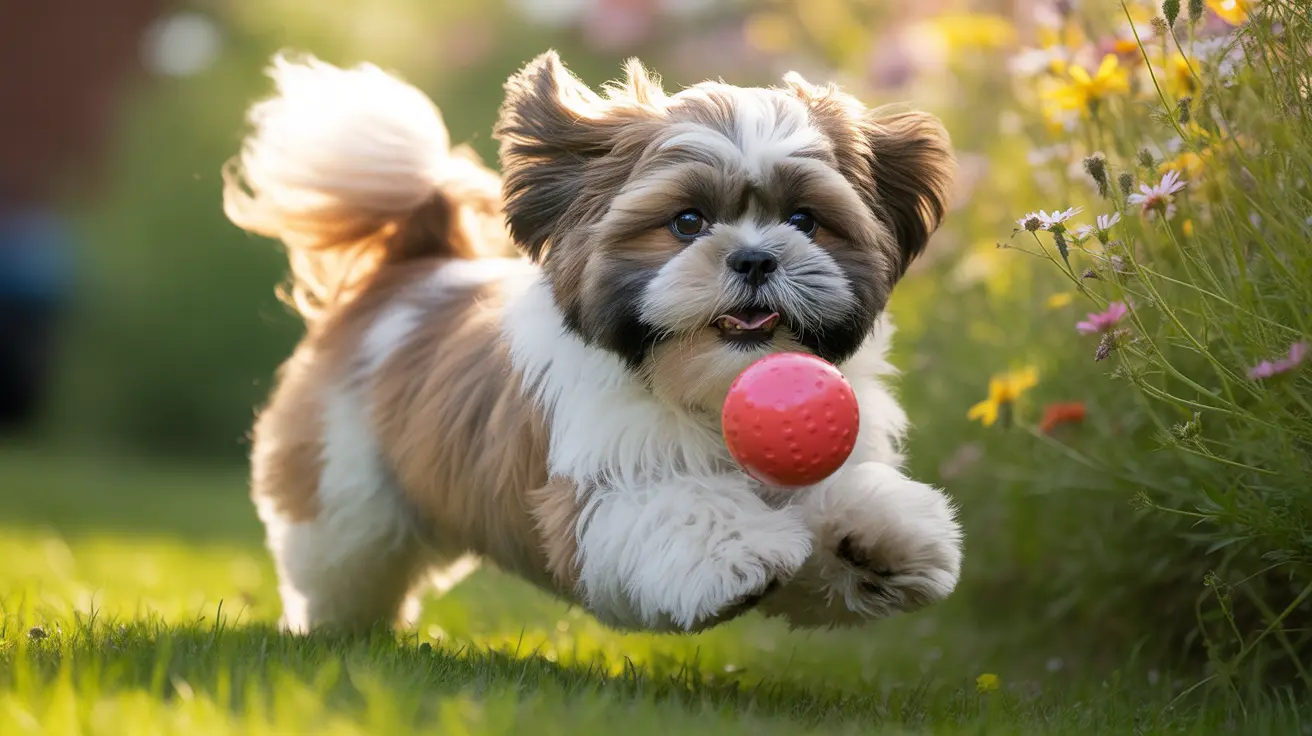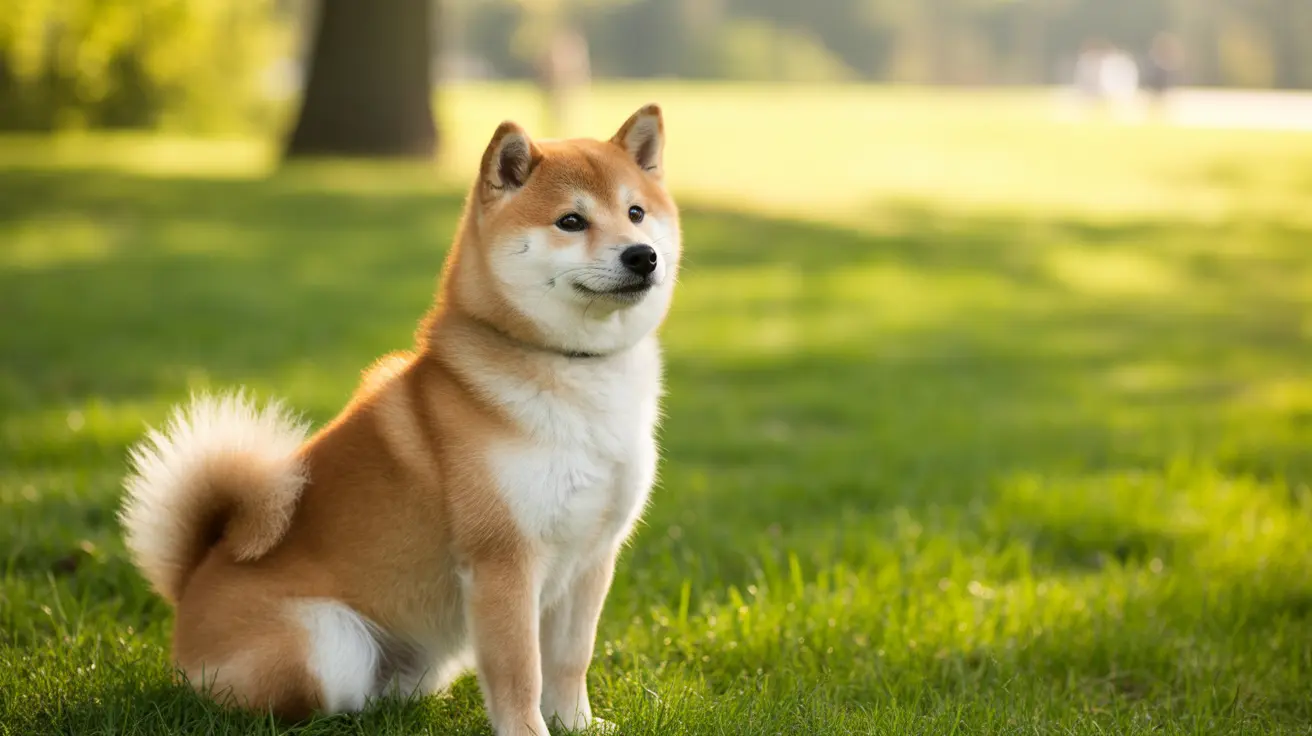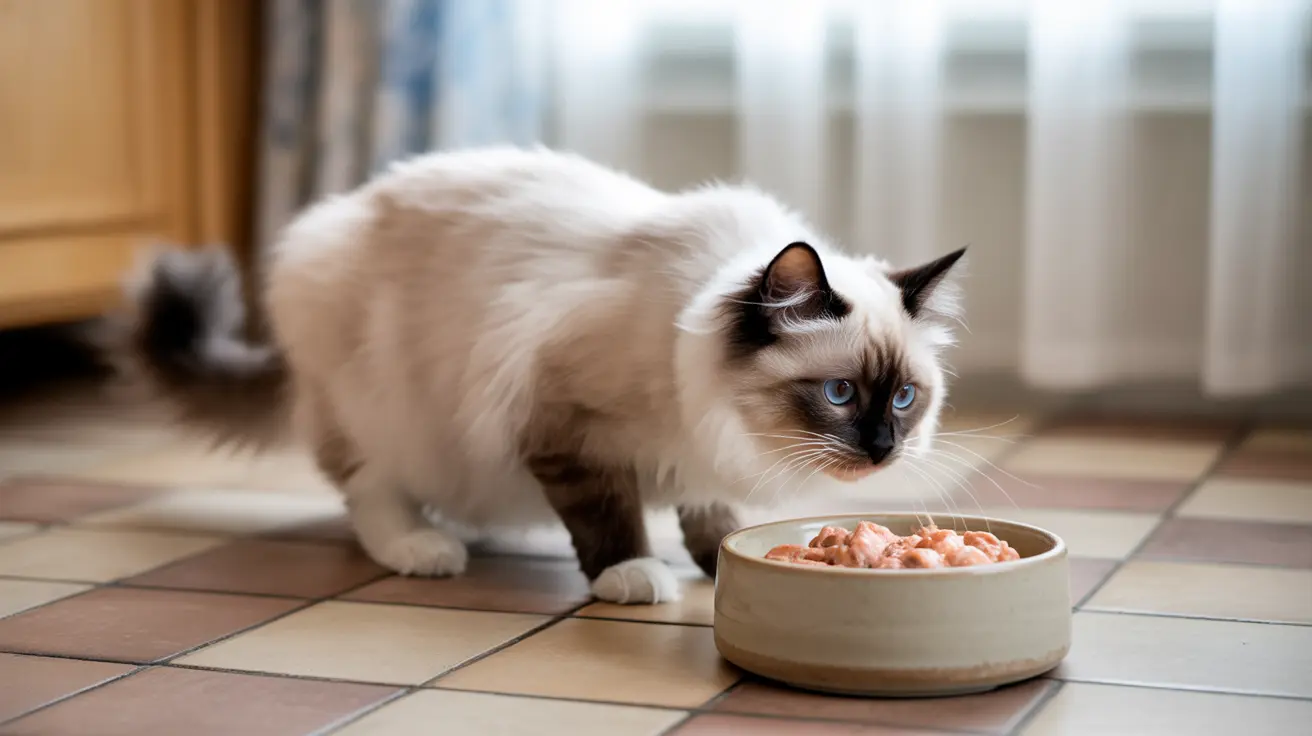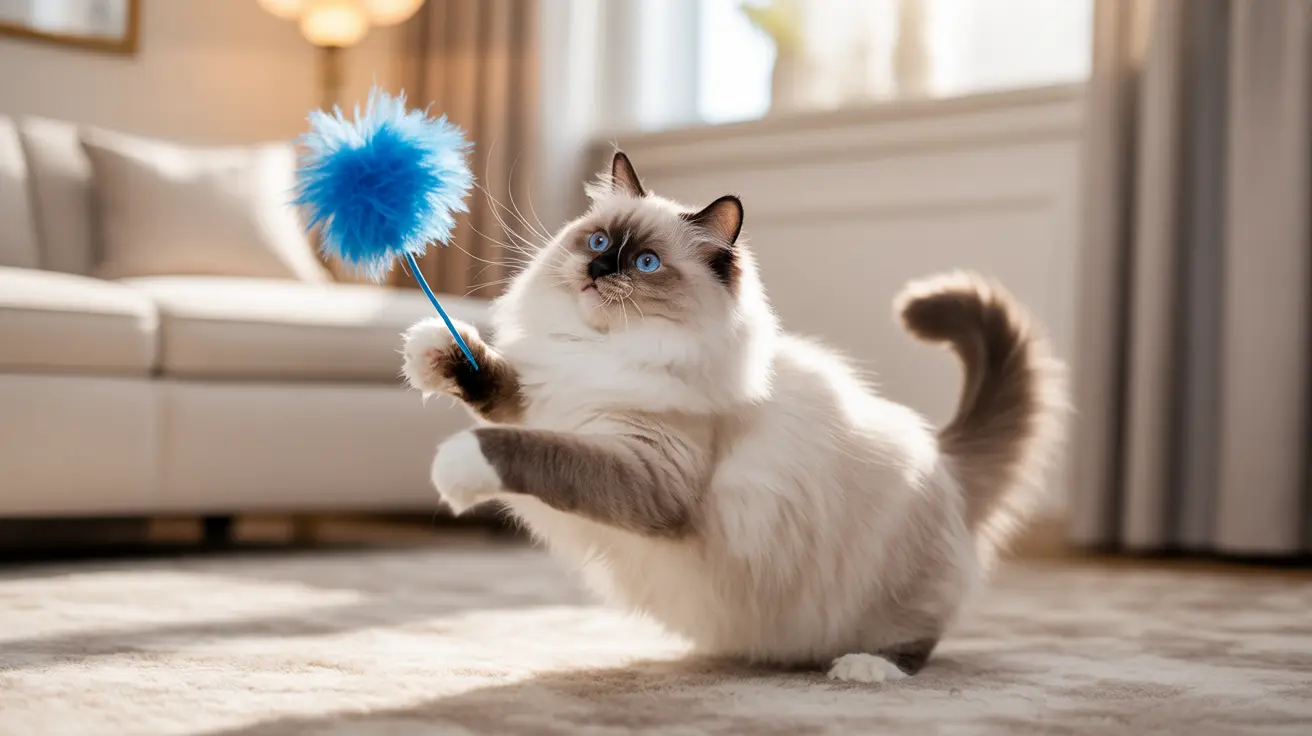The Shih Tzu breed is renowned for its stunning array of coat colors and patterns, making each dog uniquely beautiful. Whether you're a potential owner, breeder, or simply an admirer of these charming dogs, understanding Shih Tzu colors can help you appreciate the breed's remarkable diversity and genetic complexity.
In this comprehensive guide, we'll explore everything from common color variations to rare patterns, genetic factors influencing coat colors, and how these beautiful coats change over time. We'll also address important considerations for grooming and care based on different coat colors.
Most Common Shih Tzu Colors and Patterns
Shih Tzus come in an impressive variety of colors and patterns, each officially recognized by the American Kennel Club. The most frequently seen colors include:
- Black and white
- Gold and white
- Solid black
- Solid gold
- Brown (liver)
- Brindle
Parti-colored Shih Tzus, featuring two or more distinct colors with white being predominant, are particularly popular among pet owners. These striking combinations create unique patterns that make each dog truly one-of-a-kind.
Understanding Rare and Unique Color Variations
While common colors are beloved, some rare Shih Tzu colors command special attention:
- Blue (dilute black)
- Isabella (dilute liver)
- Pure white
- Solid red
- Silver
These unusual colors often result from specific genetic combinations and can be more challenging to produce in breeding programs. However, it's important to note that color rarity doesn't affect a dog's health or temperament.
Color Changes from Puppy to Adult
One fascinating aspect of Shih Tzu coloring is how dramatically it can change as puppies mature. Many puppies born with dark coats may lighten significantly during their first year of life. This process, known as "clearing," is completely natural and genetically predetermined.
Black puppies might develop silver or gray highlights, while gold puppies could lighten to a cream color. These changes typically stabilize by the time the dog reaches one year of age, though subtle changes may continue throughout their life.
Genetic Factors and Color Inheritance
The inheritance of coat colors in Shih Tzus involves complex genetic interactions. Key genetic factors include:
- B-locus (black vs. liver pigmentation)
- D-locus (color dilution)
- E-locus (extension of black pigment)
- S-locus (white spotting patterns)
These genes work together to create the vast array of colors and patterns we see in the breed. Understanding these genetic foundations can help breeders predict potential coat colors in their litters.
Grooming Requirements by Color
Different coat colors can require varying levels of maintenance:
Light-Colored Coats
- More prone to visible staining
- Require frequent cleaning around eyes and mouth
- May need special whitening shampoos
Dark-Colored Coats
- Show less visible staining
- May fade with sun exposure
- Regular maintenance still essential
Frequently Asked Questions
What are the most common and rare Shih Tzu coat colors and patterns?
Common colors include black, gold, and brown (liver), often with white markings. Rare colors include blue, isabella (dilute liver), and pure red. Patterns range from solid colors to parti-color and brindle variations.
How do Shih Tzu coat colors change as puppies mature into adults?
Puppies often experience significant color changes during their first year. Dark colors may lighten, and patterns may become more distinct. These changes typically stabilize by 12-14 months of age.
What genetic factors determine the different coat colors in Shih Tzus?
Multiple genes control coat color, including those responsible for basic pigmentation (B-locus), color dilution (D-locus), and white spotting (S-locus). These genes interact to produce the wide variety of colors and patterns seen in the breed.
Are there special grooming or health considerations for Shih Tzus with liver or blue coats?
While grooming needs are similar across colors, blue-coated Shih Tzus may be prone to color dilution alopecia. Liver-colored dogs require the same care as others but may show different pigmentation in their skin and eyes.
How can I identify a Shih Tzu's true coat color by looking at its nose, eye rims, and paw pads?
The color of these features helps identify the dog's basic pigmentation. Black-pigmented dogs have black features, liver-pigmented dogs have brown features, and blue-pigmented dogs have grayish features, regardless of coat color.
Understanding Shih Tzu colors enriches our appreciation for these beloved companions. Whether you prefer classic colors or rare variations, each Shih Tzu's coat tells a unique genetic story and contributes to the breed's enduring charm.






